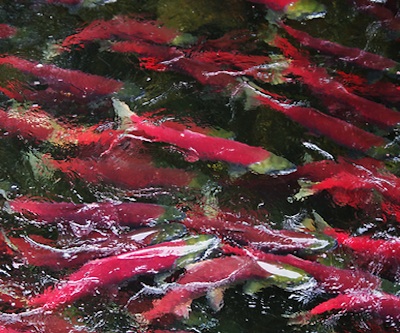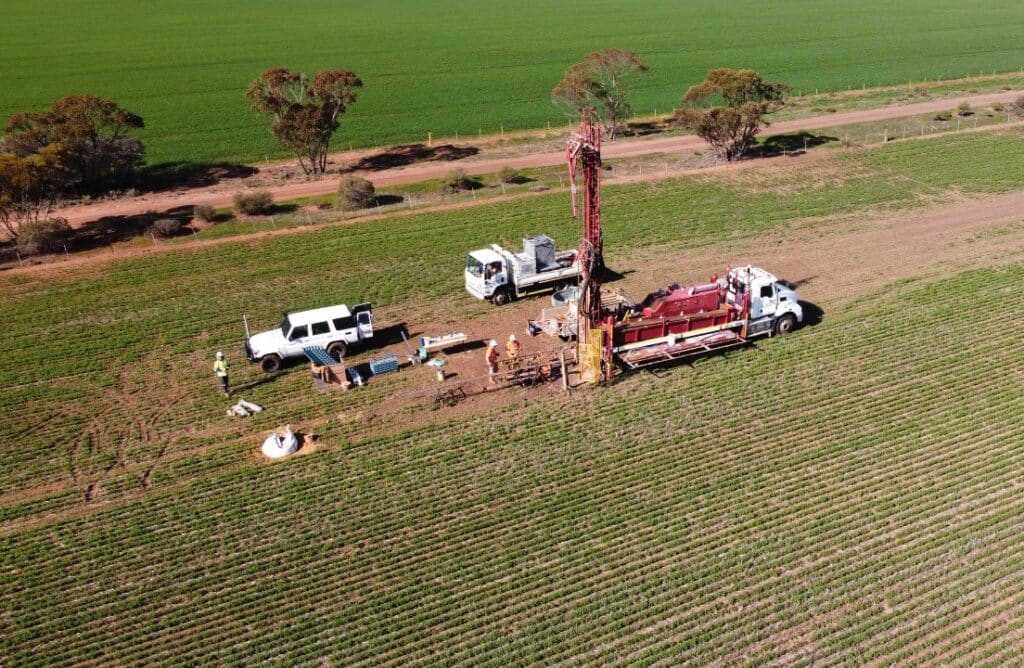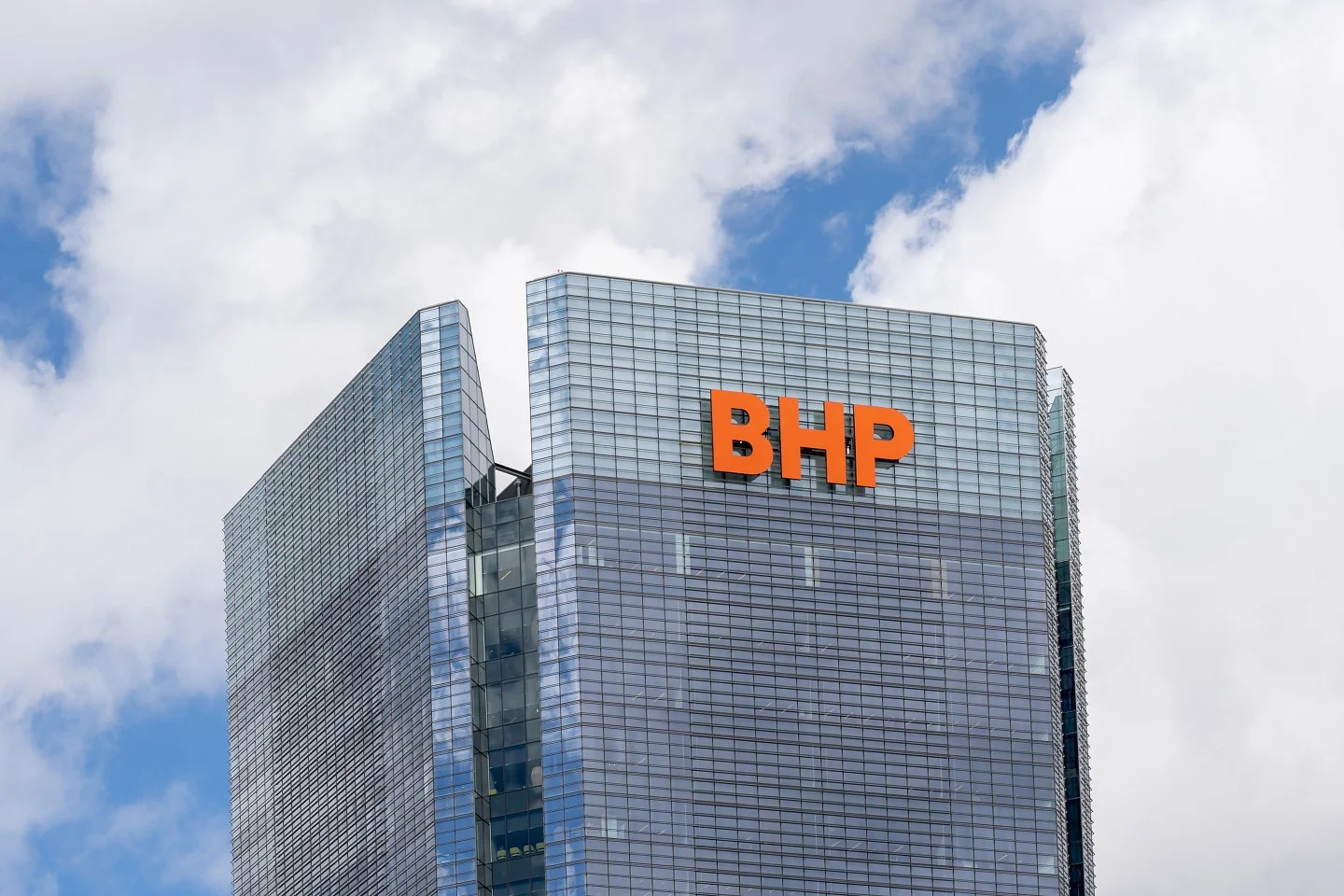Pebble Mine would damage water, fish habitat: EPA

A report released today by the US EPA does not paint a favourable picture of the proposed Pebble Mine in Alaska.
The report, titled “An Assessment of Potential Mining Impacts on Salmon Ecosystems on Bristol Bay, Alaska”, says the Pebble Mine, a huge copper-gold deposit being shepherded through a 50-50 partnership between Anglo American and Northern Dynasty Minerals, would have significant impacts on fish populations and streams surrounding the mine site, located near Bristol Bay.
The study looked at the potential impacts of large-scale mining in the Bristol Bay and two other river watersheds, considering a potential open-pit mine producing 2-6.5 billion tonnes of ore and a 139-km transportation corridor:
Based on this mine scenario, we conclude that, at a minimum, mining at this scale would cause the loss of spawning and rearing habitat for multiple species of anadromous and resident fish. A mine footprint of this scale would likely result in the direct loss of 87.5 to 141.4 km of streams and 10.2 to 17.3 km2 of wetlands.
The report abstract notes that even if mining did not result in any accidents or failures, the mine “would result in significant impacts on fish populations in streams surrounding the mine site.” Accidents or failures could include the release of contaminants or the catastrophic failure of a tailings dam.
The release of the report coincides with an announcement this week by Northern Dynasty stating that the Pebble Partnership is planning to spend $107 million to advance the mine in 2012, with the objective of achieving permitting by the end of this year.
The Pebble Mine is one of the largest undeveloped polymetallic mineral deposits left in the world.
According to a project website, the deposit hosts 55 billion pounds of copper, 76 million ounces of gold, 3.3 billion pounds of molybdenum, and quantities of silver, palladium and rhenium. Comparing the world’s undeveloped gold deposits, Pebble ranks no. 1, dwarfing even Rio Tinto’s Oyu Tolgoi project in Mongolia, which is ranked fourth at just over 40 million gold ounces.
So far the Pebble Partnership has invested about $500 million into the project, including about $150 million on studies.
The size of the proposed mine and its location near salmon-bearing streams has attracted considerable controversy and opposition from some quarters.
Last November, 81% of the Bristol Bay Native Corporation — the largest private landholder in southwest Alaska — rejected the mine on the basis that it will “unavoidably put at risk the ‘fisheries and our Native way of life.”
A month earlier, voters in the Lake and Peninsula Borough narrowly supported (by 34 votes) a ballot measure put forward by anti-Pebble activists that would restrict future development that affects more than one square mile of land within the 31,000 square mile borough.
The ordinance, however, is being challenged in court by the State of Alaska which argues that it seeks to undermine state authority over large-scale resource development.
More News
Australia’s VHM scraps offtake deal with Shenghe Resources
January 11, 2026 | 04:08 pm
US to push for quicker action in reducing reliance on China for rare earths
January 11, 2026 | 09:07 am
{{ commodity.name }}
{{ post.title }}
{{ post.date }}






10 Comments
Bill Jackson
With that large a resource, they should operate it in a fully isolated mode. Draw no water from streams on an ongoing basis – an initial draw to create a pool of water to operate the mine can be drawn from water sent to the sea, and release no water into these local streams – by operating only from the pooled water.
Most mines draw from streams, treat and dump to the streams, because that is cheaper than full recycling, but they can operate an isolated system if they choose.
With 55 billion pounds of copper and 76 million ounces of gold (both to date – there could be lots more) there is enough profit involved to make the extra cost of operating a totally isolated mine a justifiable cost. Let them whine, then make them do it.
AKGeo
Most mines are not all mines, and the mines that operate as you stated are no longer operating due to non-compliance with permitting requirements (mines need to renew permits, and undergo regular audits by government organizations). Pebble isn’t even a mine YET, and will not become a mine if they fail to plan and engineer a suitable water source and filtration system. And if they DO plan and engineer this system, and REFUSE to follow that plan, they will be fined and have their permits revoked. Nobody’s going to put that kind of capital into a project of this scale just to throw it away by cutting corners, especially when under such scrutiny. Please, go spread your misinformation elsewhere.
Jason H
As a geological engineer working in mine permitting I know of no mine now in operation that is permitted to draw water from streams for mining purposes (there may be a few). However, I also know of no mine currently operating which is permitted to deposit wastewater, process water, or minewater in a surface stream. I seriously doubt that any mine (at least in the states) is permitted to do this. If you have an example of a mine that is permitted to do this please share.
Bill Jackson
Mines have accidents due to design flaws, or an intentional use of a flawed design because it is cheaper in the short run, or the local government is bribed to approve the bad design. With a proper design, taking into account the permafrost, the nature of the mine, whether or not the mine will “make water” or not a mine that partitions off an area, mines it, and restore it is perfectly doable, and many of these mines are now operating. It is true that we had bad practices in the past, but this reputation is no longer deserved. As for fracking, I agree, with care, the proper additives and containment there will be no problems from fracking.
sj_kac
“As for fracking, I agree, with care, the proper additives and containment there will be no problems from fracking.” If only the people involved used care there would be fewer problems, but we are talking about people.
Ed233
You’re looking at a potential industry that will when developed provide jobs employment for about as long a twenty or twenty-five years. This is a poly-metallic resource covering more than one type of metal. Pressure will be placed upon an administration’s waffling between a number of attempts to pick winners with very little success. And all of these government backed venture experiments have been at great expense of the taxpayer. There is a growing backlash against these types of investments that are government motivated. Government should not be attempting to pick winners by investing public taxpayer money with little chance for a return. Here is a large resource where private enterprise is willing to expend massive amounts of non-taxpayer money. It seems at first blush compelling. But don’t let the fools succeed in convincing you that this industry can exist side by side with an industry as vulnerable as the fishing industry. How long has the fishing industry existed? How much support has this industry provided to tourism? And also how long in the future will this fishing industry last as compared to a limited life of mine that could possibly destroy an already existing industry? I think to put a mine of this magnitude in the place where it is proposed is asking too much. The potential for a major future problem is beyond imagination. I’m from Canada and I only invest in the resource industry. But there are some proposals that are too costly in terms of potential damage. There are investments therefore that should be placed out of bounds. This is definitely one in my opinion.
Bill Jackson
The water needed for mine operation is usually drawn from the mine, as the workings are below the water table and various strata collect this water and will fill the mine, unless pumped out to a containment pond. Such ponds do fill and need to treat their water to an acceptable degree, and this water can then be injected into the water table/streams, as the permits allow. This returned water must be quite clean and pass tests to be introduced to the local aquifers and streams. For example, zero sediment is allowed because of downstream settling which can cover eggs etc. Areas covered by permafrost are capped from the surface waters and the underlying rock may be impermeable, and so to operate the mine you may need stream water. The permit to draw this water will have limitations as to time and amount, so that the ecosystem is not starved of water in critical times (runs and spawnings, etc.)
Modern mine design is done to safely accumulate all tailings and wastes in a fail safe manner. You should look at a few closure plans. In addition, there are stiff requirements to build the mine in the first place, When the mine life ends, there will be a bonded mine closure and rehabilitation plan that will ensure the mine is closed and sealed in a safe manner.
It is true that mines in the past were operated in a destructive manner without any of the proper environmental planning. I have been involved in a number of mining closures and we are inspected annually and the ministry demands that we perform certain tasks to maintain the ponds and tailings areas, which we faithfully do. These are minimal, as we built well and closed properly and the final output is allowed to enter the local surface waters
Sj_kac
When has a large mine operated without environmental accidents?
All it takes is for one tailings dam to brake to wipe out an entire river system for years.
As with the natural gas industry and hydraulic fracturing, it is not the procedure that is causing environmental problems. It is the people using hydraulic fracturing and their cutting corners to save time and money, that are causing all the environmental contamination.
AKGeo
Fort Knox mine, also in Alaska, has never had any environmental accidents. Never had any tailings dams broken. Never wiped out the habitats of local species. Oh, but wait…Fish Creek, the headwaters of which is now the tailings pond and heap leach pile of Fort Knox Mine, was devoid of any fish prior to mining operations, due to unchecked heavy metal contamination from meteoric surface and ground water flushing the sulfides from the deposit into the stream bed. Now it thrives, after almost 20 years of full-scale mining. What do you say to that? And hydraulic fracturing, used as you mentioned in the natural gas and oil industry, has no place in this discussion, because this will never be used at Pebble.
Sj_kac
I used hydraulic fracturing as an example of a good technology that has gotten a bad rap because of the carelessness of the people using it. The weak link in most operations is the corruption of the people involved.